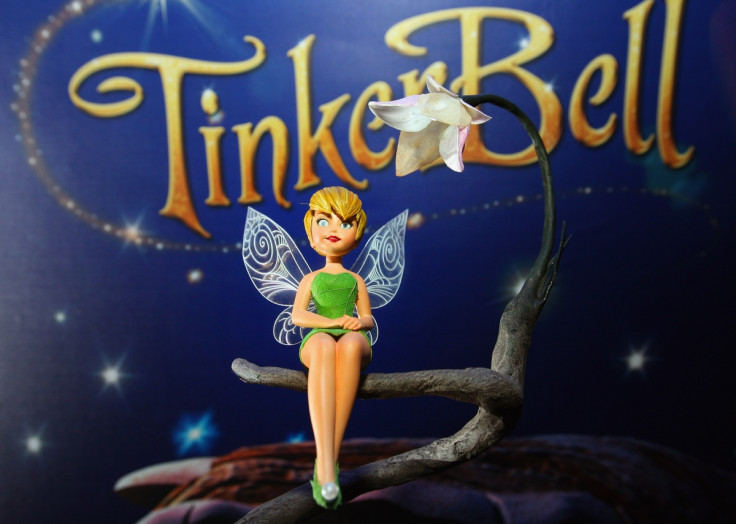International Fairy Day: Where Did The Fairies Come From?

Today is International Fairy Day, and according to Days of the Year.com, it's the day for wishes to come true, and for humans to put aside "the cynicism of the modern world" and believe in fairies for a day.
But where did fairies, or "faeries", as they were traditionally called, come from, and were they always so beautiful and slender in form? Join us as we take a look at the history of the faeriefolk.
The earliest faeries
Much of the lore surrounding faeries seems to have come from European countries with Celtic beliefs, such as England, Scotland, Ireland, Germany and Nordic countries like Finland, Denmark and Sweden.
The earliest recorded mention of fairies comes from 1000 BC in The Iliad, where Greek poet Homer wrote "watery fairies dance in mazy rings". Many creatures that appeared in ancient Greek myths, such as satyrs, nymphs and sileni were also considered to be fairies, however.
The next oldest mention of faeries comes from 12<sup>th century England, when the historian Gervase of Tilbury mentions a type of fairy known as the "portune", which ranges in size from 1.5 inches to the height of a little finger.
According to Gervase, portunes looked like very old men with wrinkled cheeks, and they were said to have worked on human farms.
They could either be very helpful and finish any laborious task far sooner than any man could, or they would be mischievous and trick a lone horseman at night into going into a soft, muddy swamp called a slough.
The Norse traditions of Scandinavia, on the other hand, depicted fairies as elves, mostly female. Described as either small creatures, full-sized women or transparent spirits, elves were skilled in magic and illusions
In both Sweden and Denmark, tales are woven about beautiful female elves who bewitch careless men, suck their lives out or make them disappear.
Famous faeries
Of course, one of the most famous examples of fairies are the Tuatha De Danann. According to Irish myths, they were the first people of Ireland and had the ability to shape-shift at will.
Some of the Tuatha De Danann became the Daoine Sidhe, which means "people of the mounds". They retreated far away from humans and have traditionally lived underground in mounds of earth. Leprechauns, fairies, brownies and dwarves are considered to be part of these fairy people.
Other members of the Tuatha De Danann decided to remain on the Earth's surface as Fenian heroes and heroic fairies, and they then became interwoven in our legends of magic, where they would have been wizards and witches, as well as fine warriors and champions.

In Scotland, fairies took on another meaning.
The Scottish considered them to be unpleasant supernatural creatures like banshees (originally spelt "Bean sidhe"), that only appeared to foretell tragedies, or hags that haunted areas in the wilderness.
Another famously evil fairy was the "Jack-o-Lantern" or "Will-o-the-Wisp", a creature that haunts marshy grounds with a flickering lantern, ready to lead unwary travellers to their deaths.
The modern fairies
After the 16<sup>th century, it is believed that fairies took on their modern tiny, slender and beautiful form, partly popularised by William Shakespeare's A Midsummer Night's Dream, and sightings of faeriefolk began to decline as people ceased to believe in their existence.
In fact, by the late 19<sup>th century, folklorists began to believe that fairies were not actually supernatural creatures, but a tradition passed down in memory of an ancient tribe of Scottish people, known as the Picts.
The Picts were a confederation of Celtic tribes during the late Iron Age and Early Medieval Periods, and they were known for their tattoos.
Although neither their language or a written history survives for them, they are known to have existed in the 10<sup>th century and left behind carved stones and crosses, which are now used as the Celtic Cross.
© Copyright IBTimes 2025. All rights reserved.






















